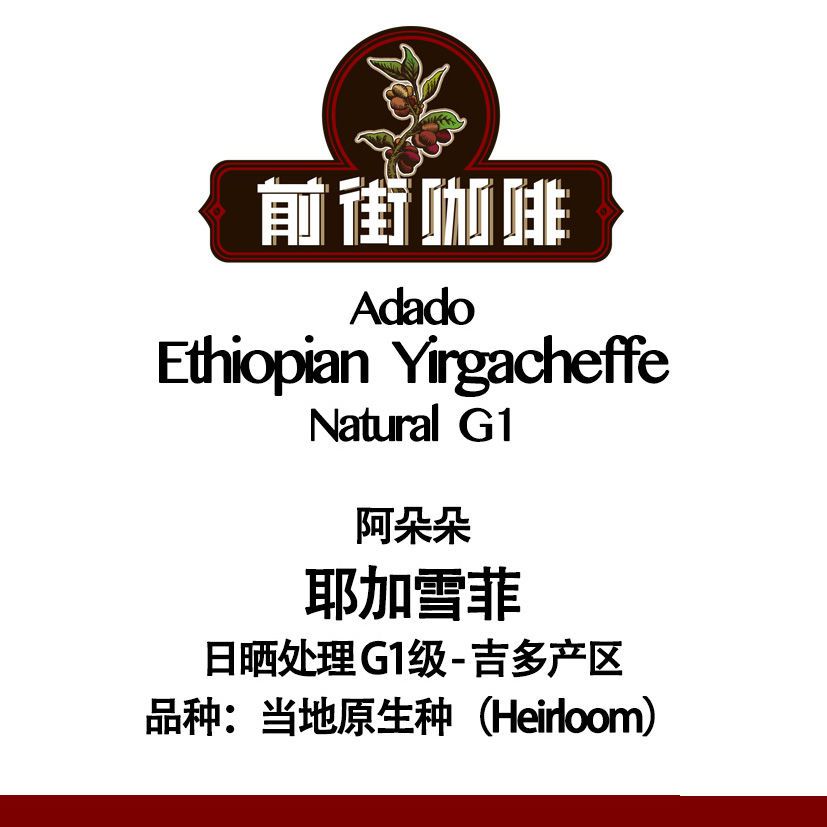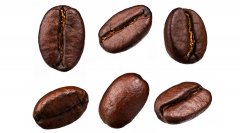Why do coffee beans have such a long name? The meaning of the name of coffee bean
Why do coffee beans have such long names? Why is coffee divided into single, deep roast and Italian? How is this distinguished?

When you walk into a specialty coffee shop or open a website for a specialty coffee bean vendor, you may be confused by the variety of coffee names. Why do coffee beans have such long names? Why is coffee divided into single, dark roast and Italian? How is this divided? What do these complicated coffee bean names mean behind them? This article will guide you through the meaning of coffee bean names one by one.
1. Origin designation: "single" and "mixed" coffee
Commercial coffee beans can be roughly divided into two categories:
Single Origins
Coffee Blends
"Single coffee" refers to a single style of coffee beans from a single country or region. A soloist for coffee. If a packet of coffee is labeled with the name of a coffee-producing country (coffee beans are not produced in continental Europe, and if the label says the name of a European country such as Italy, Vienna, etc., it is not single-serve coffee). Basically, it means it's a single-serve coffee. Such as Ethiopia Yirgacheffe, Sumatra Lake Tawar, Guatemala Antigua, etc., produced in a specific country, region, estate specific coffee, called "single coffee." Because each country or region has its own climate, soil and natural environment, the coffee grown is unique. Taste 'single-serve coffee' to learn about the characteristics and flavors of coffee in a particular country or region.
"Mixed coffee" means coffee beans blended from several single coffee houses, comparable to coffee concertos. For example, Huangding Blue Hole Comprehensive Coffee, Dak Comprehensive Coffee, Cabribri Comprehensive Coffee and so on. Blending coffee can be simple (like the traditional "mamba": mantenin plus Brazil) or it can be a complex art. Through proper blending, you can make each of the unique single coffee together to compose a more harmonious, more exciting movement, usually Italian coffee (espresso, latte, cappuccino) coffee beans used is a comprehensive coffee.
2. Roasting degree indication: Deep Roast, South Italian, North Italian, Vienna, French Roast
In addition to location-related labels, the most common is the label on baking degree. Green coffee beans need to go through a roasting process in order to release a unique charming aroma, coffee roasting and its flavor is closely related. If you see "Italy,""Vienna,""South Italy" on the coffee label, don't mistake the package of coffee beans for any of these names-probably nothing, because "Italy" and "Vienna" are traditionally synonymous with a degree of roasting (or blending) and do not mean that it is Italian or Viennese coffee (as mentioned above, continental coffee beans are not grown and produced). "North" means medium light, light brown, unoiled baking;"South" means deep, oily, dark brown baking; and "Italian" means darker baking. French Roast refers to a very dark roast with a near-black surface color, a slightly charred flavor, and no acidity. "Vienna" usually refers to a blend of coffee beans of different roasting degrees.
The deeper the roast, the higher the temperature of the roast. Medium-light "North Italy" baking flavor is more complex, bright, with fruity acidity, very low bitterness or no bitterness. The deep-baked "Southern Italian" roast has a low, rich and smooth flavor with a caramel-like sweet finish. French Roast has a monotonous flavor, but with a slight charred flavor and no acidity at all.
3. Grading of coffee beans, small region, farm, and other indications
The classification system for coffee beans is currently inconsistent around the world, so you may see the following words on coffee labels: "SHB","AA+","Supremo","Extra-Fancy","Round beans/small beans", etc. These are the classification names of coffee beans. Commercial roasted beans are sometimes labeled as single-serve coffee grades, but are not usually labeled.
The best coffees in Central and South America are graded according to planting altitude, with beans above 4500 feet labeled "SHB"(Strictly Hard Bean);"AA+" is the highest grade of Kenyan coffee, and only batches with excellent flavor and few defects are allowed to be labeled "AA+,""AA" is the largest particle,"AB" is smaller, and "PB" is round beans; Colombia also grades coffee beans according to appearance size and defect rate, and "Supremo" indicates the largest particle. It is worth noting that the appearance size of coffee beans is not related to flavor, and higher production altitude usually means better flavor.
Immediately after the country name is the designation of the small producing area. Ethiopia Yirgacheffe, for example, is the name of the coffee producer, indicating that it is a "single coffee"; Yirgacheffe is a small, narrow high-altitude producing area in Ethiopia's Sidamo region. Different small regions mean different flavor characteristics. For example, southern Ethiopia, near Somalia, produces the famous Ethiopia Harrar. Haramocha has wine-like aromas, blueberry or grape flavors, and a thick taste. Yerga sherbet tastes fresh and bright, with citrus or lemon peel aromas, and a thin taste.
However, some coffee beans have a string of names immediately after the name of the small growing area, which may be the name of a coffee farm or processing plant.
A long list of names, such as Guatemala Antigua SHB- Finca Los Volcanes 02 Crop, tells us the following:
Country of production: Guatemala-Guatemala is a famous coffee producer in Central America.
Antigua Volcano-This is the famous volcanic coffee producing area in Antigua.
Grade: Very Hard Bean (SHB)-Indicates that the coffee was grown at altitudes above 4500 feet.
Production estate: Finca Los Volcanes estate-Finca is Spanish for "Estate," meaning farm.
Harvest year: 2002-The year is for roasters 'information, so it is not usually indicated on the label of commercially baked beans.
In order to reduce the burden of consumers 'purchase and identification, coffee beans sold in the market generally do not have such complicated labels. Different small producing areas, different years of coffee beans flavor may have a lot of differences, professional roasters will taste the coffee beans of each producing area every year, and adjust the roasting and blending methods, so that consumers can get stable flavor, small differences in the product.
Source: Internet (copyright belongs to the original author)
Important Notice :
前街咖啡 FrontStreet Coffee has moved to new addredd:
FrontStreet Coffee Address: 315,Donghua East Road,GuangZhou
Tel:020 38364473
- Prev

How to identify good coffee beans? The skill of selecting coffee beans
No matter what kind of coffee beans, freshness is an important factor affecting the quality. When shopping, grab one or two coffee beans and chew them in your mouth. If the coffee beans are crisp and sound, and the tooth pods stay fragrant is the top grade, but it is best to squeeze them with your hands to feel whether they are solid, rather than buying empty-shell coffee. If the coffee bean has lost its fragrance or smells stale, it means the coffee
- Next

The cradle of coffee-producing countries in Asia
Under the influence of Chinese culture, Asian tea culture is booming, while coffee appears to be on its own by comparison.
Related
- Guji coffee producing area of Guji, Ethiopia: Humbela, Shakiso, Wulaga
- What is the most expensive variety of Qiloso in BOP multi-variety group?
- How to store the coffee beans bought home?
- Why are Yemeni coffee beans so rare now?
- Ethiopian Sidamo all Red Fruit Sun Sun Santa Vini Coffee beans
- SOE is mostly sour? What does it mean? Is it a single bean? what's the difference between it and Italian blending?
- Is Italian coffee beans suitable for making hand-brewed coffee?
- How to choose coffee beans when making cold coffee? What kind of coffee beans are suitable for making cold coffee?
- Just entered the pit to make coffee, what kind of coffee beans should be chosen?
- Can only Japan buy real Blue Mountain Coffee? What are authentic Jamaican Blue Mountain coffee beans?

